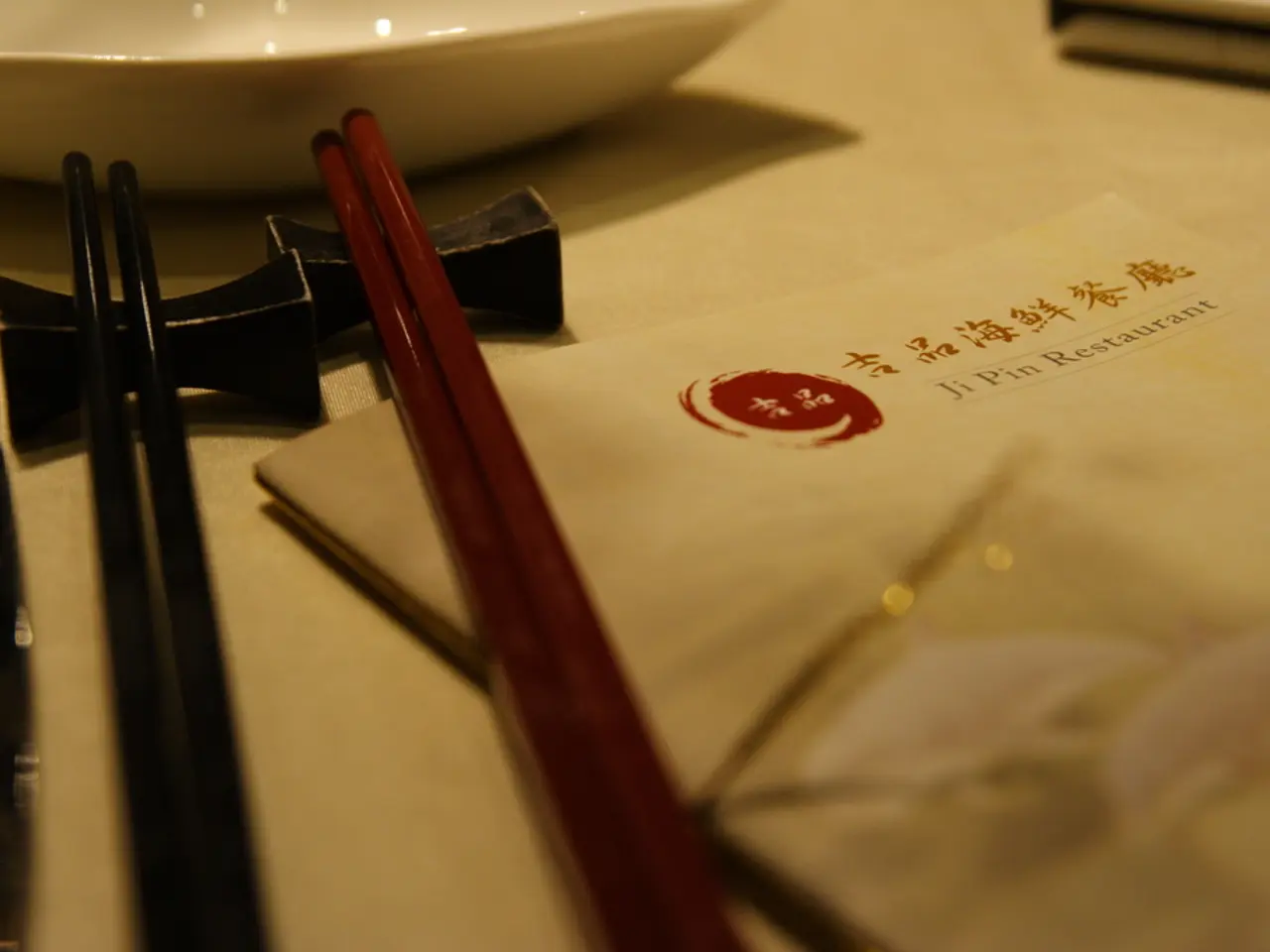Asia's Food Tourism Boom: How Hoteliers Can Capitalize
Food-focused tourism is booming in Asia, with nearly half of travelers from South Korea, Taiwan, Thailand, Japan, and Malaysia citing food as their primary reason for travel. Expedia encourages hoteliers to capitalize on this trend by leveraging their proximity to popular culinary destinations and offering unique, food-inspired experiences.
Macao and Hong Kong are currently the cross-market favorites for travelers from Japan, Taiwan, Thailand, and South Korea. Travelocity advises hoteliers to highlight their location near these celebrations to attract food-inspired travelers. This strategy aligns with the growing trend of food and drink activities ranking among the top five searched categories in travel decisions across Asia.
To position themselves best for the growing demand for culinary travel between July 2025 and the latter half of the year, hoteliers should focus on local culinary traditions and integration into the regional gastronomy scene. Some strategic approaches and potential target groups include:
- Local Culinary Experiences: Offer cooking classes featuring local ingredients and techniques, and collaborate with local restaurants and food trucks for unique culinary experiences.
- Seasonal Specialties and Events: Host seasonal food festivals or actions showcasing regional products and cooking traditions, and create culinary packages tied to local events and festivals.
- Sustainability and Local Ingredients: Emphasize the use of local and sustainable ingredients in hotel restaurants, and present eco-tours in the surrounding area to support regional agriculture.
- Cultural Integration: Offer culinary workshops explaining the cultural significance of local cuisine, and collaborate with local chefs for authentic experiences.
Potential target groups include foodies and culinary travelers, regional tourists, and corporate and MICE tourists seeking culinary team-building events or incentives. Main destinations in Asia for culinary travel are China, Japan, Thailand, Singapore, and India.
By combining these strategies and focusing on the right target groups and regions, hoteliers in Asia can capitalize on the growing demand for culinary travel. With high-profile food festivals and industry events on the horizon, the latter half of 2025 promises to draw global attention to the region's vibrant culinary scene.
Read also:
- Blackmagic's URSA Cine Immersive Leads Spatial Imaging in Practical Applications
- Maine's Environmental Progress Threatened by Governor LePage's Policies
- Endorois Youth Unleash Their Voices in Historic Media Empowerment Initiative
- Rural Health Transformation Fund: Insights from Government Agencies and Key Partners on its Transformation in Rural Regions







